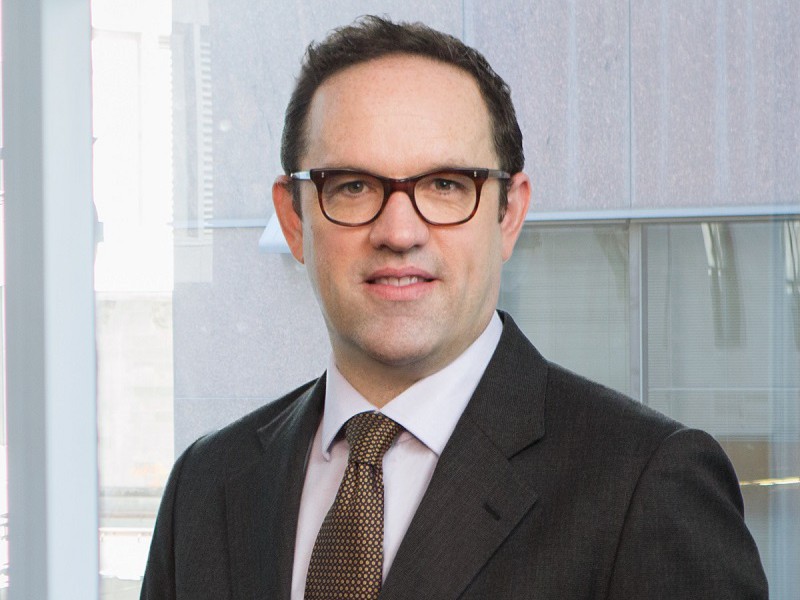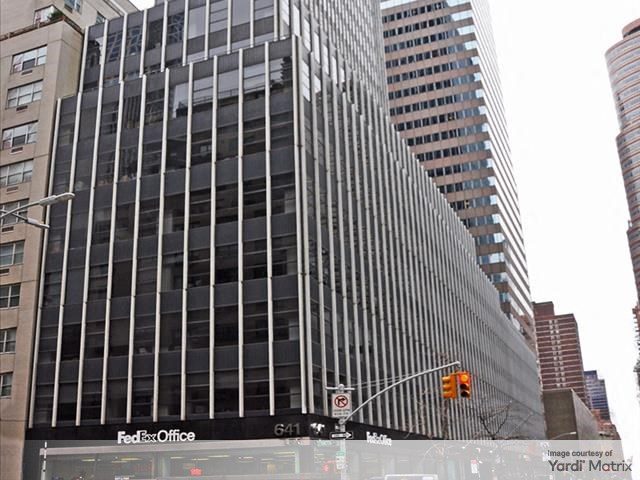How to Handle the CMBS Refinancing Challenge
Daniel Martin, partner at McDermott Will & Emery, discusses the wall of CMBS maturities coming due this year and his outlook for the CRE lending market.
By Alexandra Pacurar
Over the next six months, roughly $55.8 billion in CMBS debt will come due, according to Trepp’s April CMBS report. Experts believe that tighter regulations in the financial markets have made it more difficult and more expensive for these loans to be refinanced. With retail and office loans comprising roughly 53 percent of the volume maturing through September, the commercial real estate financing industry has been taking greater caution and adopting more conservative underwriting standards. McDermott Will & Emery Partner Daniel Martin revealed to CPE why he remains optimistic about the CRE lending market and advises owners on what could be the biggest challenge they will face in today’s lending environment.
CPE: What is your outlook for the upcoming CMBS wall of maturities in 2017 and next year?
Daniel Martin: Since the credit freeze lifted a few years ago, institutional lenders have turned, in part due to increasing financial regulations, to a more conservative underwriting standard (e.g., lower loan-to-values, higher equity requirements and more selective tenant credit analyses). Thus, many of the underlying assets are performing assets today, which may have increased in value, making it much easier to refinance the maturing loans today than it was six to eight years ago.
CPE: How do you anticipate this year’s CMBS market will be compared to the past couple of years?
Martin: In part due to the massive amount of institutional “dry powder” searching for stable investments and yields, I expect terms, while somewhat conservative, to be attractive to most borrowers.
CPE: How extensive do you anticipate defaults will be and what impact will that have on the real estate market?
Martin: Because of more conservative underwriting, many loans secured by properties in premier markets will be backed by performing assets with credit tenants and will not be in a default situation because they will be able to refinance.
CPE: What factors are having the greatest impact on refinancing conditions this year? And how much of an impact do you think it will be?
Martin: Uncertainty surrounding federal regulation of the credit markets, health care markets and potential tax reform is causing some lenders and investors to take a step back. This has ripple effects on the whole market and the financing process can take a lot longer than it has in the past. Ultimately loans are being made, tenants are signing leases and funds are looking to deploy capital, so I do not expect the impact to be profound.
CPE: Do you think alternative lenders will step in to fill the CMBS void? To what extent?
Martin: Because of stronger underwriting standards and increased federal regulation, many institutional lenders are no longer willing to take the same credit risks that they took 10 years ago. LTVs are lower, equity requirements are higher and lenders are more conservative. Alternative lenders, such as traditional real estate developers, operators and investors, are stepping in to fill that gap (the gap between a 50 percent LTV and an 80 percent LTV for a loan being refinanced).
CPE: What are the advantages or disadvantages of using an alternative lender?
Martin: These investments typically come in the form of mezzanine financing or preferred equity. These deals can close quickly and can shore up a borrower’s finances while reducing the mortgage lender’s risk. Both mezzanine loans and preferred equity typically carry much higher interest rates than mortgage loans, and many of the alternative lenders stepping in to this space are traditionally real estate investors/developers/operators, who may be more interested in a “loan to own” position than traditional mortgage lenders.
CPE: Which sectors have the most refinancing risk and why?
Martin: Rather than the risk being noticeably higher in any particular sector, it’s really an asset-by-asset analysis. In premier markets with credit-worthy tenants, the refinancing risk is quite low. But where an anchor tenant has run into financial troubles, or a lot of competing properties have recently come on stream, it will be more challenging for owners to refinance. A hotel that needs to be revamped, for example, or a shopping center or assisted living facility that needs a major renovation, will be harder to refinance without significant additional capitalization/equity investment.
CPE: Do you have any advice for owners that are struggling to exit?
Martin: Don’t be afraid to be creative and start the process early! There is a lot of money out there in the credit markets today and many times the biggest challenge is finding the right partner or lender.
Image courtesy of McDermott Will & Emery








You must be logged in to post a comment.